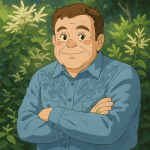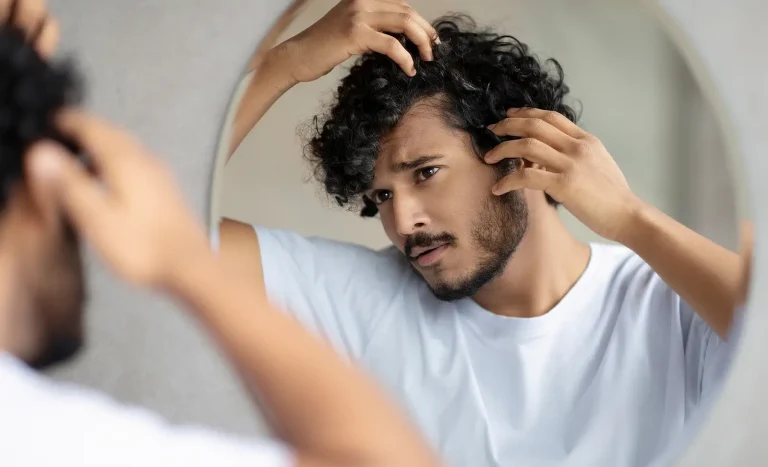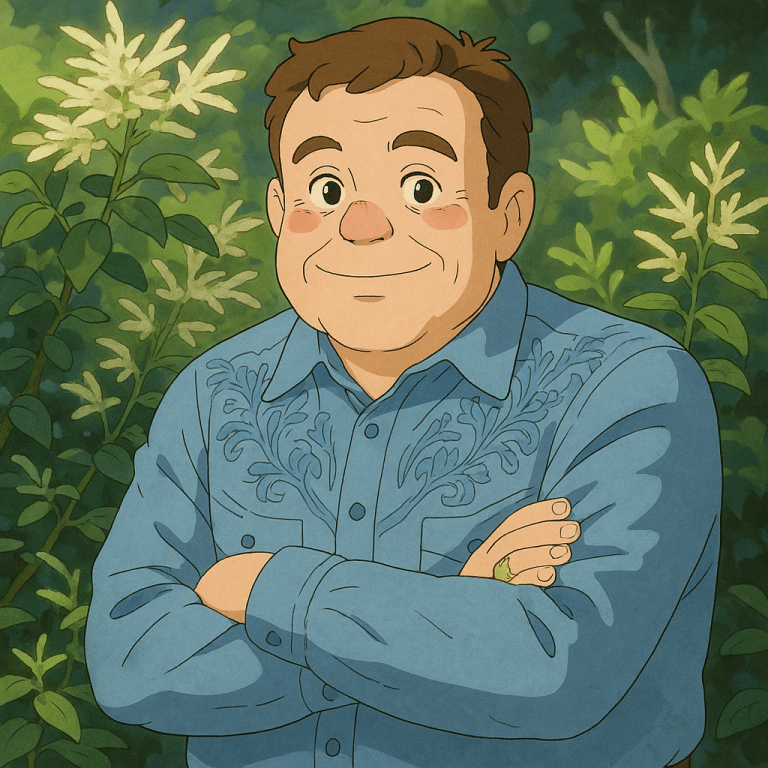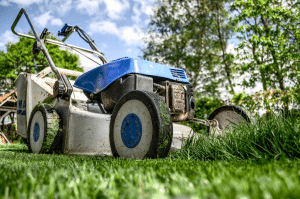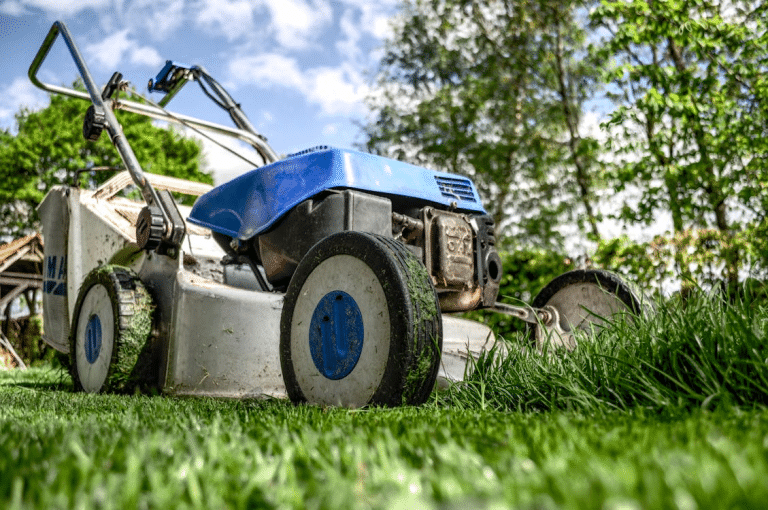Hair texture plays a significant role in how hair loss presents—and for those with curly strands, managing balding can be especially complex. From crown thinning to frizz and shrinkage that masks true volume loss, balding curly hair requires a unique approach. Fortunately, 2025 has ushered in promising solutions for curly-haired individuals navigating thinning, patchiness, or alopecia.
Below are the top science-backed remedies and styling strategies for balding curly hair women, men, and anyone embracing textured strands.
1. Understanding How Curly Hair Loses Volume
Curly hair naturally appears fuller due to its springy structure. However, this can also mask the early signs of hair thinning, especially at the crown. In balding curly hair crown cases, hair density decreases but shrinkage makes the volume loss harder to detect.
Studies show that curlier textures are more prone to breakage, especially when dry or manipulated frequently. This makes it critical to distinguish between hair breakage and follicle miniaturization—the key marker of balding.
2. Batana Oil for Scalp Revival and Curl Strength
Batana oil, derived from the American oil palm, has emerged as one of the most effective oils for regrowth and scalp nourishment. Rich in oleic acid and tocopherols, it deeply penetrates the scalp and helps restore damaged follicles.
Clinical data supports its use in improving hair thickness and elasticity, especially in textured hair. When used regularly, batana oil reduces breakage and frizz, making it a top solution for balding frizzy hair.
To get started, try Keyoma’s Pure Batana Oil, which is ethically sourced and designed for daily or weekly scalp massages.
3. Minoxidil: Still the Gold Standard
Minoxidil remains the only FDA-approved topical treatment for androgenic alopecia. In 2025, formulations tailored to curly hair types have become more widely available. These versions include conditioning agents to prevent dryness and maintain curl definition.
Both balding curly hair men and women have seen promising results when combining minoxidil with gentle, curl-safe routines.
4. Scalp Micropigmentation: A Visual Volume Hack
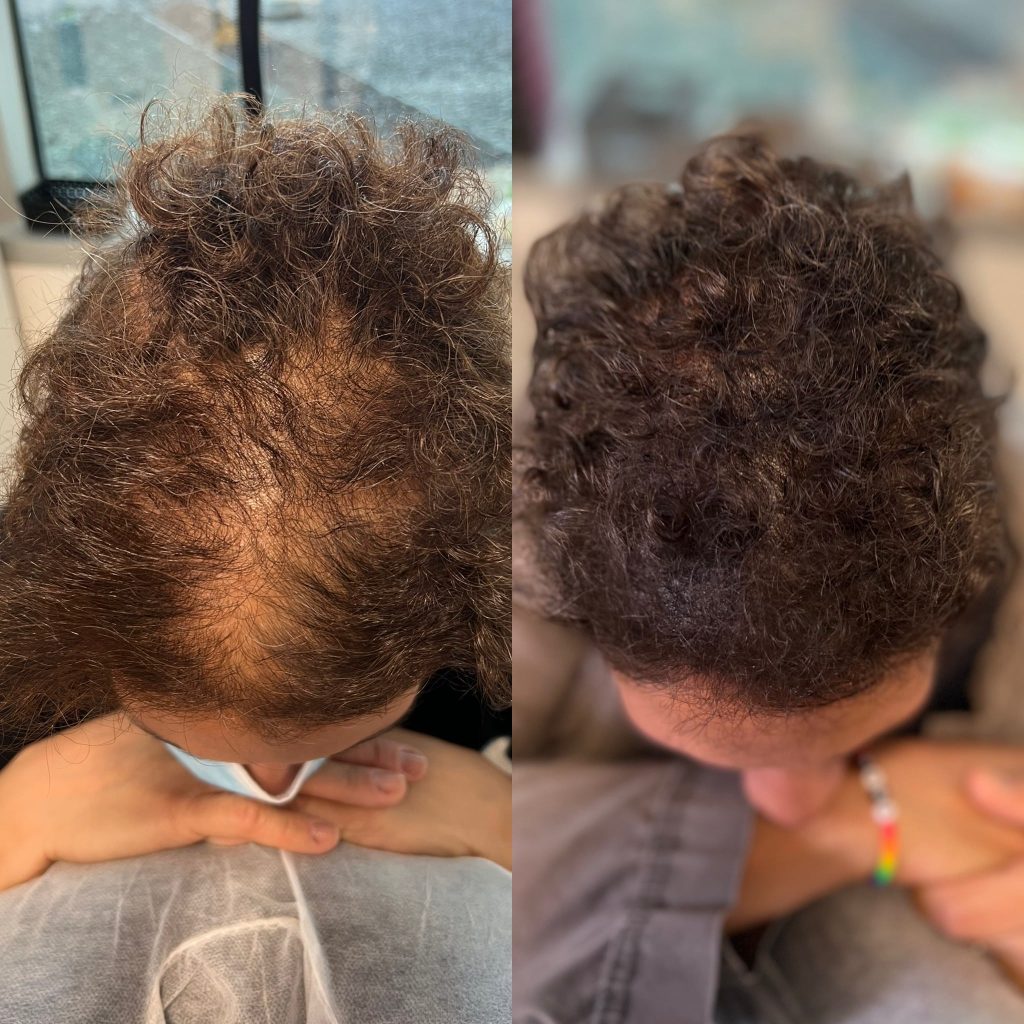
This non-invasive procedure creates the illusion of hair density by tattooing tiny pigment dots across thinning areas. For curly textures, it’s especially helpful in disguising thinning at the crown, temples, or edges.
New technology in 2025 has improved ink matching for a more natural result—perfect for bald curly hair girl styles that embrace close cuts or afro puffs.
5. Nourishing Leave-Ins and Curl-Friendly Formulas
Hydration is key when managing both curls and balding. Leave-in conditioners rich in aloe vera, biotin, and panthenol can help retain moisture and strengthen weakened strands. These are essential when implementing any balding curly hair regimen.
Avoid products with sulfates, silicones, and alcohol, which can worsen dryness and contribute to breakage.
6. Low-Level Laser Therapy (LLLT) Devices for Textured Hair
Originally used more frequently on straight or wavy hair, LLLT helmets and combs are now being adapted for dense, curly textures. Devices with adjustable teeth and deeper light penetration are making it easier for those with 3A–4C hair to get effective scalp stimulation.
These red-light therapies stimulate hair follicles, with studies in 2024 showing increased density within 16 weeks of use.
7. Protective Styles That Don’t Strain the Scalp
Tight braids, ponytails, and weaves can cause traction alopecia. Opt instead for low-tension styles like:
- Loose twists
- Bantu knots
- Wash-and-go routines
- Pineapple buns
These methods protect the scalp while maintaining volume, ideal for individuals dealing with alopecia curly hair.
8. Nutrition and Internal Wellness Still Matter
Your hair health is only as good as your internal health. Deficiencies in vitamin D, iron, and zinc are common among people experiencing hair loss. In 2025, integrative health has become more mainstream for treating balding.
Daily intake of the real elixir of life, a FDA-approved supplement rich in antioxidants and amino acids, has been linked to stronger follicles and healthier new growth.
9. Identifying Early Signs and Getting a Diagnosis
Early intervention is key. Pay attention to:
- Widening parts
- Excessive shedding during detangling
- Patchiness on the scalp
- Increased frizz with fewer defined curls
Consult a dermatologist or trichologist to identify if you’re experiencing typical shedding or early-stage balding curly hair. Diagnostic tools like scalp imaging and blood panels are now widely accessible and affordable.
10. Realistic Results: What to Expect in 2025
Thanks to advancements in product formulation and scalp therapies, results in 2025 are more attainable than ever. Most users who combine topical treatments, internal support, and low-tension styling report:
- Noticeable reduction in shedding within 4–6 weeks
- Increased scalp comfort and reduced itchiness
- New baby hairs and improved curl definition by 3 months
The key is consistency and understanding your unique hair type and pattern.
Final Thoughts
Whether you’re managing early shedding, crown thinning, or full-blown alopecia, there are now safe, effective options to treat balding curly hair. From batana oil treatments to LLLT devices and diagnostic tools, 2025 offers a more inclusive and informed approach to textured hair loss.
You don’t need to sacrifice your curls to restore your hair health. You just need the right combination of care, science, and consistency.

